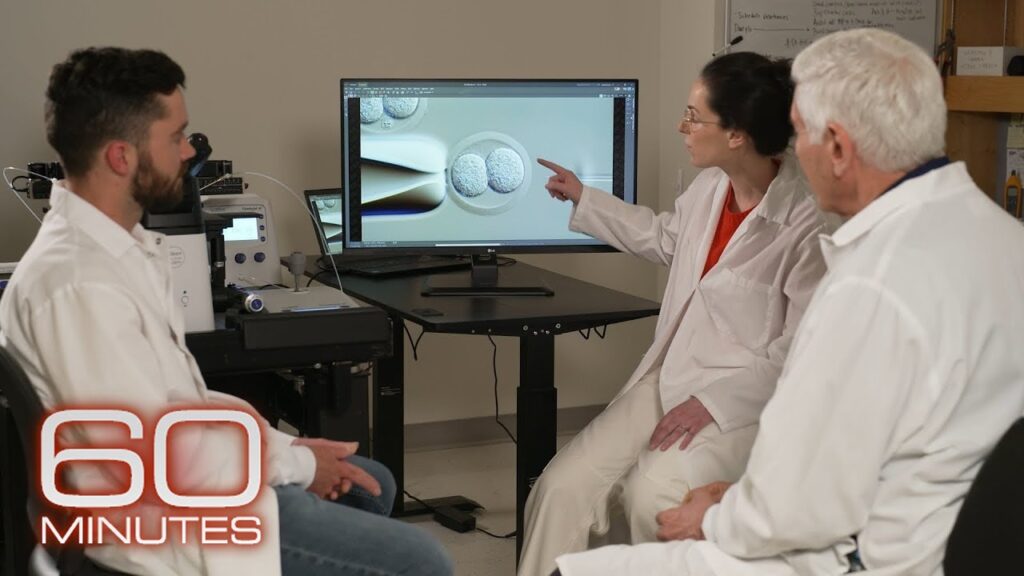The 60 Minutes segment “Sculpting Evolution,” airing on September 21, 2025, highlights a bold scientific experiment unfolding on Nantucket. Lyme disease, caused by the bacterium Borrelia burgdorferi and transmitted through tick bites, has become one of the most common vector-borne illnesses in the United States. Traditional control efforts have targeted ticks or deer populations, but success has been limited. Researchers on Nantucket are now pursuing an unconventional path: using genetic engineering to create mice resistant to the bacteria. By releasing these modified rodents into the wild, the hope is to break the transmission cycle of the disease.
This concept, while still in experimental stages, reflects the increasing intersection of biotechnology and public health. Instead of addressing the symptoms of ecological imbalance, scientists are attempting to re-engineer the ecosystem itself.
Why Mice Could Hold the Key
The scientific reasoning behind targeting mice rather than ticks or deer lies in the transmission cycle. White-footed mice serve as a primary reservoir for Lyme disease bacteria. When ticks feed on infected mice, they become carriers, eventually spreading the infection to humans and other animals. By engineering mice that are immune to Borrelia, scientists aim to drastically reduce the number of infected ticks in circulation.
If the engineered mice thrive and reproduce successfully in the wild, the protective trait could spread through the population. Over time, fewer ticks would encounter infected hosts, leading to a steep decline in Lyme disease risk. This targeted approach focuses on interrupting the cycle at its root rather than waging a direct and often futile battle against the highly resilient tick population.
Scientific Innovation and Ethical Concerns
The project underscores the growing role of genetic engineering in environmental health, but it also raises important ethical questions. Altering wild populations carries ecological risks. Critics worry about unforeseen consequences—what if the modified mice disrupt food chains or spread traits in unintended ways? Others argue that humans should not attempt to engineer nature on such a scale, warning against hubris in the face of complex ecosystems.
Supporters counter that Lyme disease is a serious and growing public health problem, particularly in the northeastern United States, and innovative solutions are urgently needed. With climate change expanding tick habitats and infection rates on the rise, traditional control methods may no longer suffice. The ethical debate therefore hinges on balancing ecological caution with the pressing need to protect human health.
Community Involvement and Local Perspectives
The choice of Nantucket as a testing ground is deliberate. Island ecosystems offer a relatively contained environment for ecological interventions, making them valuable for experiments of this kind. However, community acceptance plays a critical role. Local residents must weigh the potential benefits of reduced Lyme disease transmission against the unease of living alongside genetically engineered animals.
Researchers have engaged with the public throughout the process, offering forums, presentations, and community discussions. This transparency aims to build trust and ensure that any releases are carried out with informed consent from the population most directly affected.
A Glimpse Into the Future of Disease Prevention
“Sculpting Evolution” captures more than just an experiment in tick-borne illness control. It illustrates a broader trend in science—using genetic tools not just in laboratories or clinics, but in open ecosystems. The Nantucket mice project could serve as a model for addressing other public health challenges, from malaria-carrying mosquitoes to invasive species that disrupt ecosystems worldwide.
Yet the project remains at a crossroads. Success could mark the beginning of a new era in applied genetics, where engineering solutions are released into nature to prevent disease. Failure—or unintended consequences—could fuel skepticism and slow future innovation.
Conclusion
The CBS 60 Minutes feature frames “Sculpting Evolution” as a story of science at the frontier, where promise and risk exist side by side. By focusing on genetically engineered mice, researchers are challenging traditional strategies for fighting Lyme disease and opening debate about the role of biotechnology in shaping the environment. As Dr. Jon LaPook’s reporting makes clear, the project represents both hope for millions at risk of Lyme disease and a test case for how far society is willing to go in reimagining nature in the name of public health.

